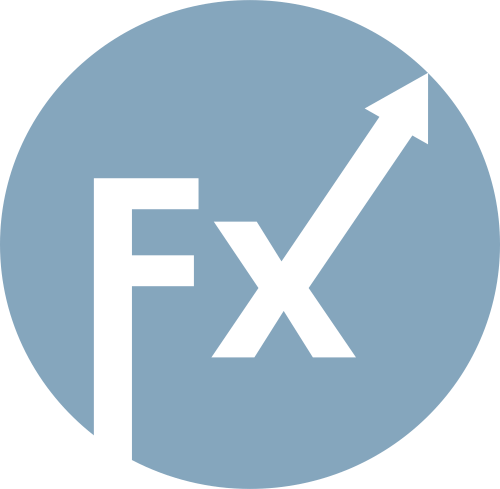

The yellow metal continues its bullish trend set earlier this month. Despite some volatility in the gold market, gold remains on track for new highs. However, reaching these peaks still appears uncertain, as the precious metals market remains highly sensitive to geopolitical developments, which continue to create turbulence.
Despite rising risks, analysts and market participants remain confident that gold could soon reach $3,000 per ounce, potentially by early March.
Currently, the gold market is experiencing an unprecedented rally, marking its eighth consecutive week of gains, consistently closing in positive territory and setting new records. Last week, gold posted its longest weekly winning streak since the mid-2000s when it first crossed the $2,000 per ounce threshold.
By the end of last week, spot gold was priced at $2,935.80 per ounce, reflecting a 2% increase. On Wednesday, February 26, gold extended its rally before experiencing a slight pullback, trading around $2,911 per ounce.
At present, XAU/USD has recovered some lost ground after hitting its weekly low. Ongoing geopolitical uncertainty and concerns over U.S. tariff plans under President Donald Trump continue to support gold as it remains a traditional safe-haven asset for investors.
According to analysts, the Biden administration's tariff policies have sparked concerns over inflation, prompting the Federal Reserve to consider keeping interest rates elevated for longer. This scenario could limit gold's upside potential, as higher interest rates reduce the metal's appeal.
Nevertheless, gold maintains a strong bullish outlook, despite the possibility of short-term consolidation. Over the near term, gold prices may remain range-bound, but the bullish forecast remains intact, particularly as gold continues to trade above the key 100-day Exponential Moving Average (EMA).

The historical high of $2,957 remains out of reach for now. A break above this level would trigger a move toward $2,980, marking the upper boundary of the Bollinger Bands. This would represent a crucial step toward the psychological $3,000 per ounce milestone.
Alternatively, in a bearish scenario, the February 25 low of $2,888 serves as the initial support level for gold. A sustained decline could expose the metal to further downside risk, potentially dropping toward $2,795, which aligns with the lower boundary of the Bollinger Bands. However, the key support level remains at $2,718 per ounce.
Many analysts believe that gold reaching $3,000 per ounce is inevitable. Given the strong fundamental backdrop, gold continues to receive substantial support from multiple factors. As long as these tailwinds persist, the long-term bullish outlook for gold remains intact.
"Gold's ability to adapt to evolving market narratives continues to drive its upward momentum," experts note. "Key fundamentals such as inflation fears, weakening global trade, and central banks shifting away from traditional currencies in favor of gold are strengthening its position."
Market analysts remain confident that gold has the potential for further gains, with geopolitical risks playing a significant role in driving demand for safe-haven assets.
According to currency strategist James Stanley, gold is unlikely to face major resistance as it approaches $3,000 per ounce. He views this level as a key psychological threshold, noting that breaking through it will require time and sustained momentum.
Further upside for gold—toward $3,000 and beyond—will largely depend on U.S. fiscal policy and the Federal Reserve's monetary stance. "Gold continues to rise despite the Fed's pause on rate hikes. Policymakers recognize that further rate increases are unwarranted at this stage," Stanley added.
A major risk factor for gold moving forward will be inflation data. "The primary threat to gold is a potential shift in market expectations regarding monetary policy. If inflation slows faster than anticipated, or if central banks take a more hawkish stance, gold could face downward pressure," said Naeem Aslam, Chief Investment Officer at Zaye Capital Markets.
Additionally, a stronger U.S. dollar or rising bond yields could slow down gold's bullish momentum in the near term. However, unless these factors shift significantly, gold remains poised for further gains, with $3,000 per ounce within reach.

QUICK LINKS